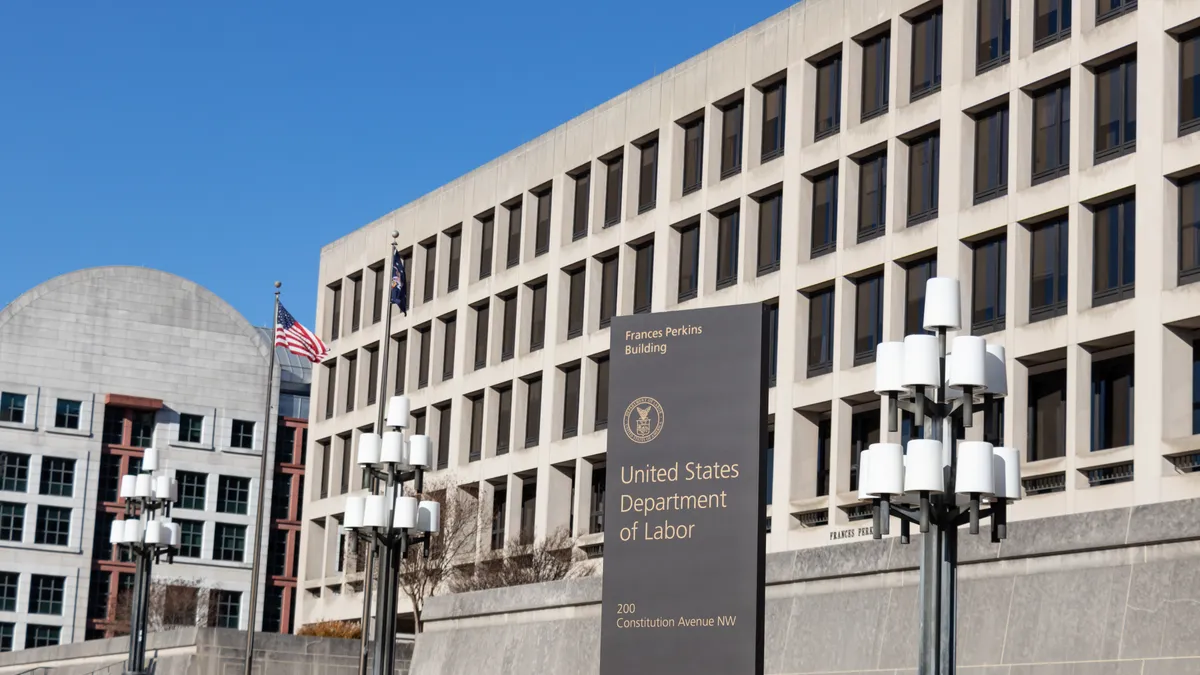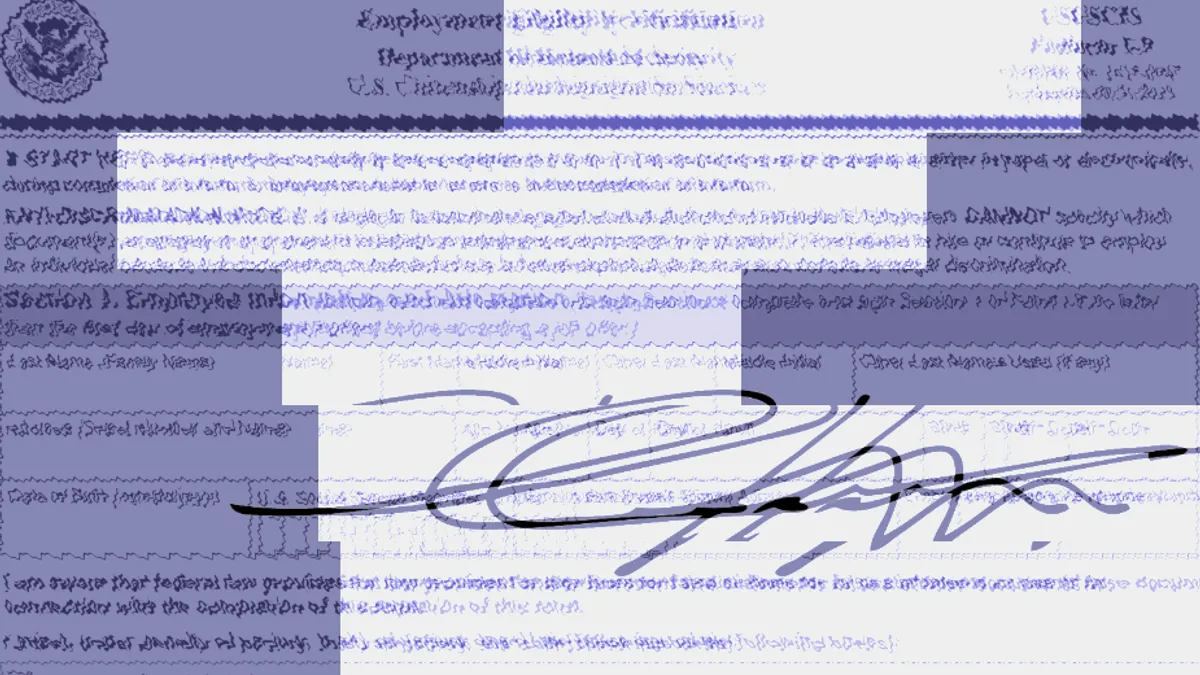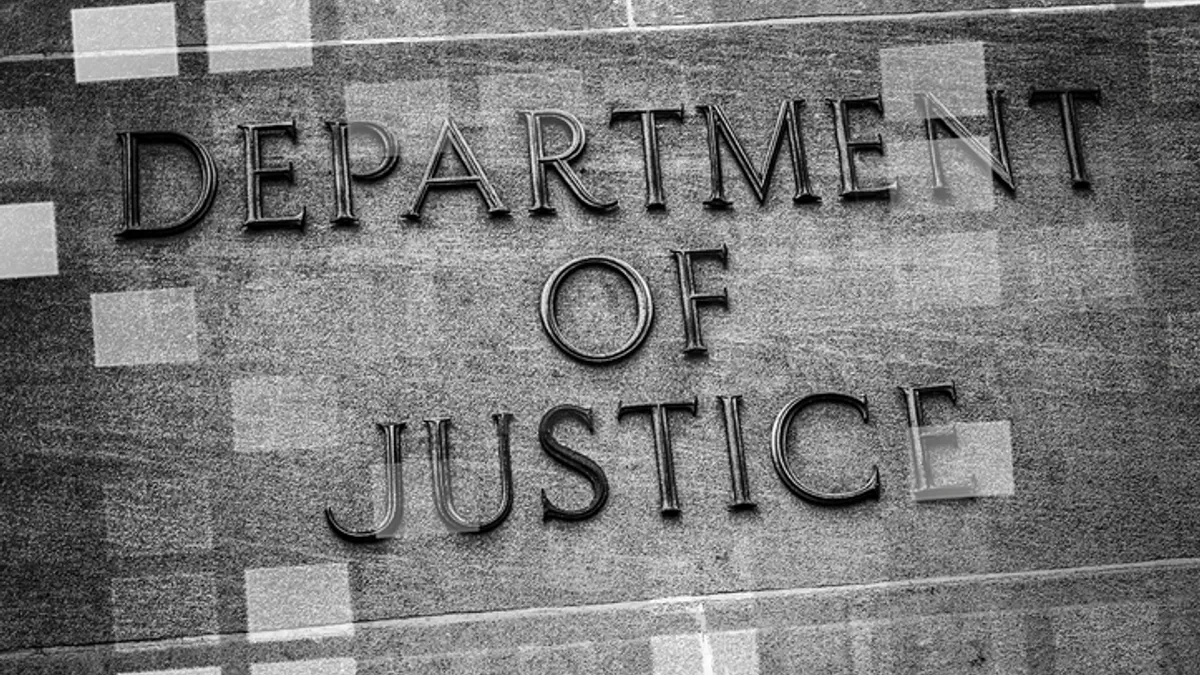Vicky LeVay is senior director of risk, compliance, and information security at accounting software company FloQast. Views are the author’s own.
For many organizations, compliance is considered a burdensome necessity that’s about following the rules and not wasting any time beyond that. But teams can transform compliance from a reactive legal function to a proactive strategic asset by reframing it as a tool for risk orchestration.

Risk orchestration is a way of leveraging compliance to help an organization stay ahead of changes in its business landscape by strategically navigating risks instead of avoiding them.
Transitioning your compliance function into a strategic tool can help align your organization’s compliance goals with its business strategy, enabling it to meet its goals more effectively while remaining resilient in the face of change.
The first step for transforming compliance into risk orchestration is shifting the perception of what the function is within your organization, especially among those on the finance team whose job is to ensure compliance with legal reporting requirements.
These team members are already thinking about risk — identifying threats and taking steps to control or minimize them. But this narrow focus on risk mitigation can sometimes stifle opportunities for growth and innovation because innovation is often risky. A more comprehensive approach can allow organizations to use risk to their advantage
Of course, what an organization's compliance function looks like varies depending on its stage of growth, whether it’s privately held or publicly traded and the industries it operates in, among other things. So, a one-size-fits-all approach to compliance won’t work. Each organization must tailor its compliance strategy to its circumstances, ensuring that risk is not only mitigated but managed to support business objectives.
Technology role
Many organizations are not prepared to embrace risk orchestration. A recent survey found that only 16% of compliance professionals feel ready to embrace the strategic capability of risk navigation. Many feel stuck in a cycle of manual, time-consuming tasks, or they lack the support from their organization to think beyond risk mitigation tactics.
This is where technology and team alignment come into play. By adopting technology that automates routine compliance tasks such as reporting, companies can free up their compliance teams to focus on higher-level strategic thinking about those risks. With better visibility into risk data and stronger alignment across the organization, compliance professionals can begin to take an active role in shaping business decisions.
To unlock this potential, organizations must build a foundation of support for their compliance teams. This starts with equipping teams with tools to reduce manual workloads, allowing them to shift from reactive to proactive roles. The next step is fostering a culture where compliance is viewed not as a barrier to innovation but as an enabler of strategic growth.
Ending the mundane
Compliance teams spend too much time on manual tasks – gathering data, preparing reports and ensuring adherence to regulatory requirements, which are always evolving. As new regulations are enacted, workloads increase, leaving little capacity for strategic thinking or proactive risk management. If an organization implements automation tools to streamline routine tasks, such as report generation and compliance monitoring, the compliance team can become more efficient. Team members can reduce time spent on manual processes and shift their focus to analyzing trends and identifying risks earlier.
This shifting approach can go beyond leveraging automation; organizations can also prioritize stronger collaboration between compliance and other departments such as business development. This alignment would enable compliance professionals to contribute insights during strategic planning, ensuring that initiatives were launched with an understanding of regulatory implications. For example, when an organization expands into new markets, the compliance team can identify regulatory challenges in advance, allowing the company to navigate them effectively.
Ending the compliance grind
As the business environment evolves, those organizations that reframe compliance will be better positioned to use risk to their advantage. Rather than viewing compliance as a simple checkbox, they will see it as a strategic asset that helps them meet their goals and remain competitive.
Risk mitigation will always be important. However, the future of compliance lies in the ability to embrace risk orchestration. Organizations that support their compliance professionals and reimagine the possibilities of compliance will not only protect themselves from harm but also position themselves for long-term success. By turning compliance into a strategic advantage, businesses can seize opportunities, drive growth and stay ahead of the competition.


















